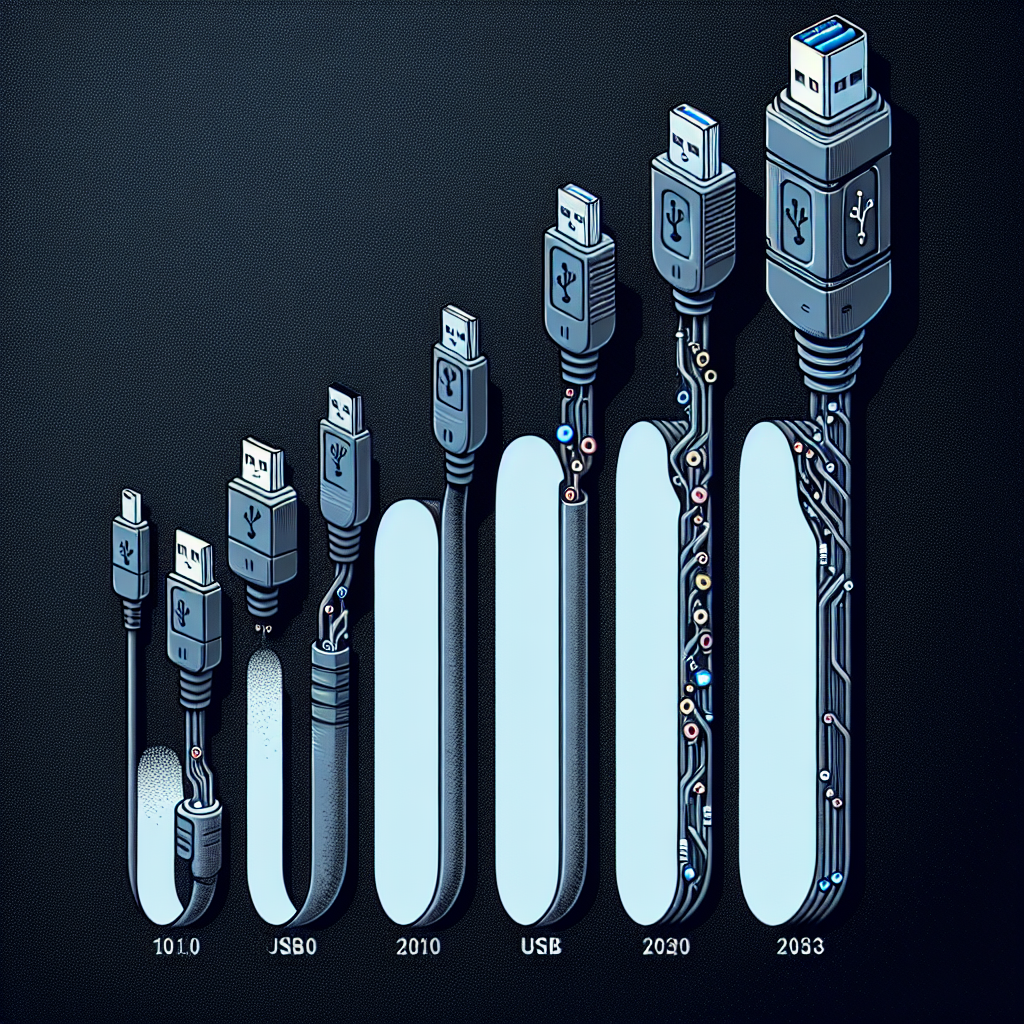Your cart is currently empty!
The Evolution of USB 3.0: Faster Speeds, Enhanced Performance

Since its introduction in the early 2000s, USB technology has become the standard for connecting devices to computers and other electronics. Over the years, USB has undergone several upgrades to increase its speed and performance, with the latest version being USB 3.0.
USB 3.0, also known as SuperSpeed USB, was introduced in 2008 and offered significant improvements over its predecessor, USB 2.0. One of the key features of USB 3.0 is its faster data transfer speeds, with a theoretical maximum of 5 Gbps, which is ten times faster than USB 2.0’s maximum speed of 480 Mbps.
This increase in speed has made USB 3.0 ideal for transferring large files, such as high-definition videos and large photo libraries, much more quickly than before. This has been particularly beneficial for professionals who work with large files on a regular basis, such as photographers, videographers, and graphic designers.
In addition to faster speeds, USB 3.0 also offers improved power efficiency, allowing devices to charge more quickly and efficiently. This has made USB 3.0 a popular choice for charging smartphones, tablets, and other portable devices.
Another key feature of USB 3.0 is its backward compatibility with older USB devices. While USB 3.0 ports are physically different from USB 2.0 ports, they are designed to work with older devices, albeit at slower speeds. This means that users can still use their older USB devices with newer USB 3.0 ports without any issues.
In recent years, USB 3.0 has continued to evolve, with the introduction of USB 3.1 and USB 3.2. These newer versions offer even faster data transfer speeds, with USB 3.2 reaching speeds of up to 20 Gbps. These advancements have made USB technology even more versatile and capable of handling the demands of modern computing.
Overall, the evolution of USB 3.0 has brought about faster speeds, enhanced performance, and increased efficiency, making it an essential technology for users who rely on fast and reliable data transfer. As technology continues to advance, it is likely that we will see further improvements in USB technology, ensuring that it remains a vital component of our digital lives for years to come.

Leave a Reply